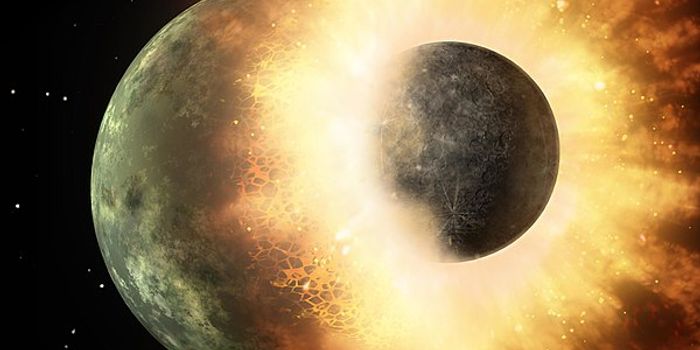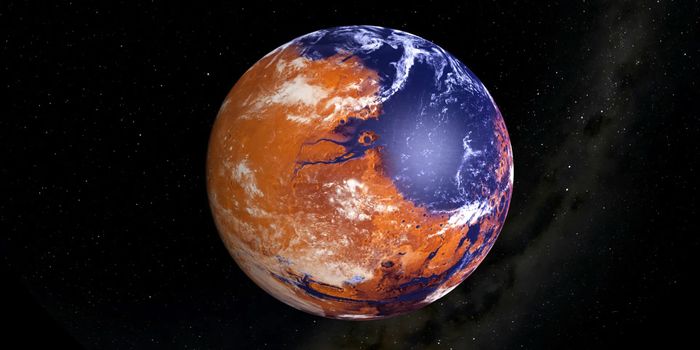Astronomers Want to Know More About Jupiter's Galilean Moons
At least 79 confirmed moons are orbiting Jupiter as we speak, but four of those are of particular interest to astronomers because of their unique properties and distinctive geology – among those are Callisto, Europa, Ganymede, and Io.
Io is of particular interest because its composition shares a lot in common with the solar system’s terrestrial planets, and that’s unusual given the moon’s location in our stellar neighborhood, which is mostly comprised of gas and ice giants. Io also exhibits hundreds of active volcanos on its surface, which makes it a somewhat unique place.
Europa, on the other hand, is thought to play host to a deep, sub-surface ocean with more than twice the volume of Earth’s oceans. Astronomers believe that a briny ocean exists directly beneath the moon’s icy surface and that it might be teeming with organic molecules, and potentially life. More importantly, Jupiter’s gravitational influence is said to warm Europa from the inside out.
Ganymede is also thought to sport a sub-surface ocean because of some particularly unusual magnetic forces at work, but the moon’s distance from Jupiter leaves some astronomers skeptical of the presence of liquid water. Captivatingly, Ganymede is large enough to be considered a planet (if it were orbiting the Sun) and is the only known moon in the solar system to sport a magnetosphere, which protects it from space-centric radiation.
Finally, we have Callisto; the farthest moon from Jupiter. Not much is known about Callisto, but we do know that it sports more surface impact craters than most other objects in the solar system. Astronomers think that learning more about Callisto’s impact craters could be vital to understanding the early solar system.
Several spacecraft have explored the Galilean moons in recent memory, and other missions are scheduled to continue where they left off. It should be interesting to see what we can learn about these intriguing worlds as we get closer and probe them for answers.








